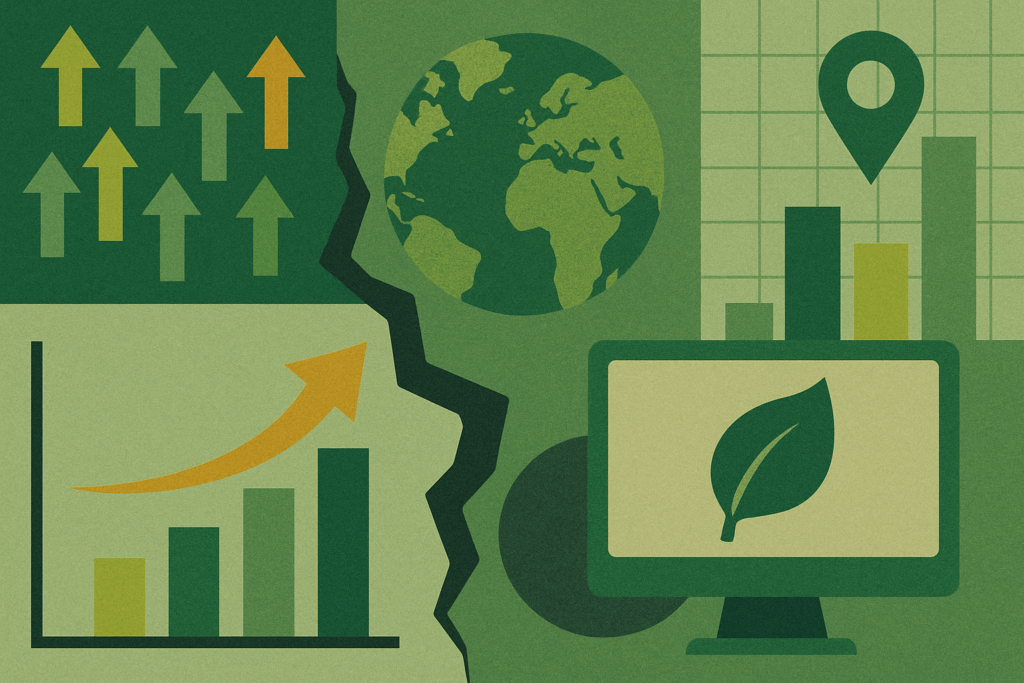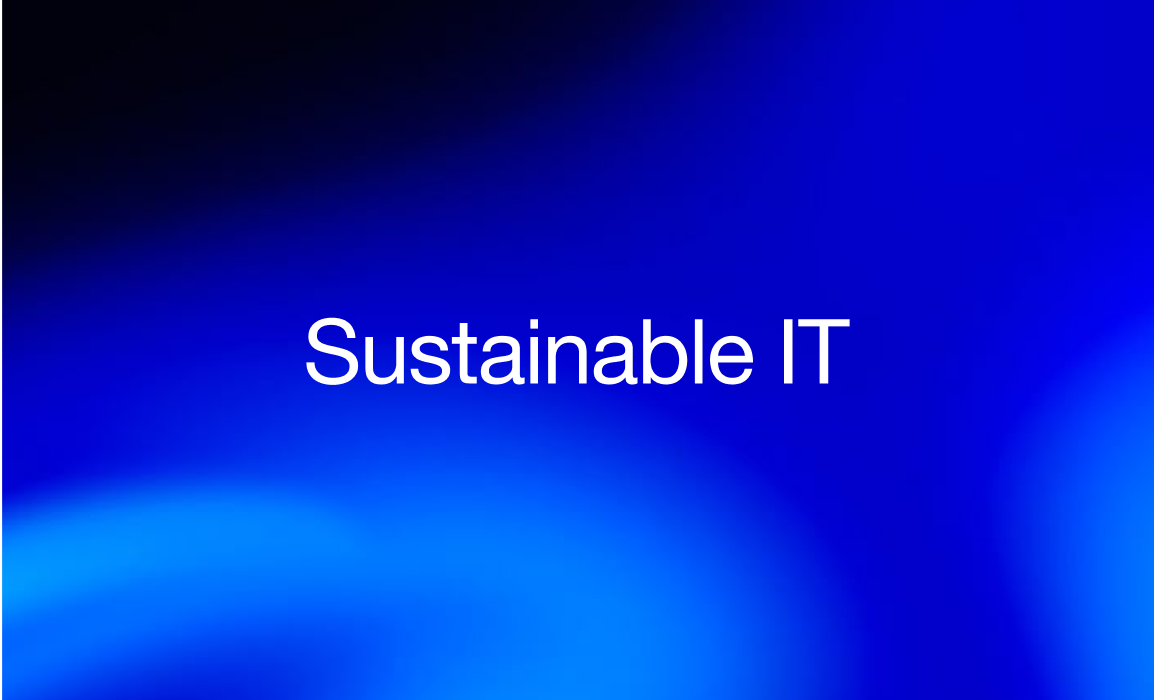Sustainable IT in Times of Geopolitical Upheaval – A Strategic Necessity

Sustainable IT as a Response to New Market and Power Structures
Economic crises, military conflicts, fragile supply chains, and geopolitical power shifts are not only reshaping the present but are also redefining the rules of future markets. In this new reality, short-term efficiency is no longer enough. Companies that want to remain competitive and grow long-term must be structurally resilient, environmentally responsible, and technologically independent. A sustainable IT infrastructure plays a central role in achieving this.
New Conditions Require New Thinking
Digital technologies are no longer just tools for increasing efficiency – they have become strategic factors in economic and political power dynamics. Those who control access to data, digital platforms, software expertise, and computing power also control markets and value creation. In this context, sustainable IT means more than energy efficiency – it also includes:
- Reducing dependency on global supply chains,
- Increasing independence from raw material markets,
- Greater flexibility during crises,
- Compliance with new regulatory requirements.
Companies that invest in sustainable IT strengthen their sovereignty and actively position themselves within shifting power structures.
Sustainable IT in Times of Uncertainty
Crises expose structural weaknesses: high operating costs, outdated systems, rigid processes. This is precisely where sustainable IT comes in. Energy-efficient data centers, durable hardware, intelligent software architecture, and sustainable cloud solutions not only lower operating costs – they also significantly improve agility and operational resilience.
At the same time, green IT opens up new business opportunities: companies with credible ESG strategies gain preferential access to investors, public contracts, and international markets. The demand for transparent and responsible partners is growing – among both clients and employees.
The Geopolitical Dimension: IT as Strategic Infrastructure
Military conflicts and trade disputes highlight the vulnerabilities of centralized, energy-intensive, or raw-material-dependent IT systems. Companies that shift to sustainable, regionally distributed systems today reduce their geopolitical risks considerably. This is not only about environmental protection but also about stability and maintaining control over their own data and processes.
Sustainability as a Competitive and Survival Factor
In the past, sustainability was often seen as a long-term investment. Today, it has become a short-term survival factor. Companies without a sustainable IT strategy risk falling behind in compliance, facing financial strain, or suffering reputational damage. Upcoming reporting standards (e.g. CSRD) in particular demand transparency across all company areas – including digital infrastructure.
Conclusion
Sustainable IT is far more than an environmental initiative – it is a core response to the structural challenges of our time. It reduces costs, enhances resilience during crises, minimizes geopolitical dependencies, and strengthens market position. In a world where markets and power dynamics are shifting rapidly, sustainable IT is no longer optional – it is a decisive strategic success factor.
